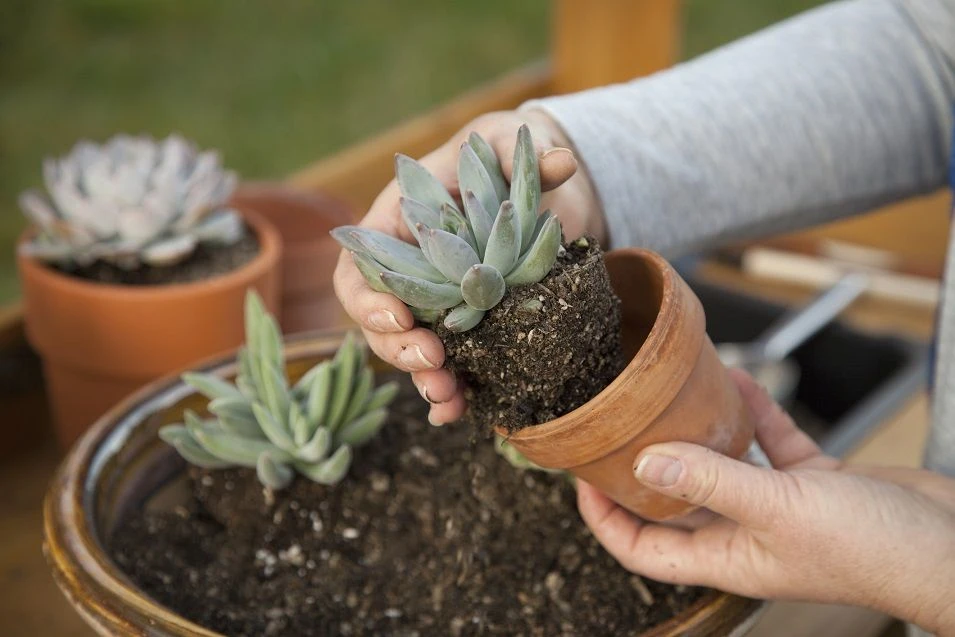reviewed by Truman Perkins
Even if you are familiar with the desert agave plant, common to the Southwest of the United States, you probably have never heard of the agave havardiana. Kind of like President George W. Bush, this species of what Northeastern gardeners call the Harvard Century Plant comes to its Ivy League associations by way of Texas’s great state. If he knows about this hardy, resilient, succulent, our forty-fourth president would undoubtedly be happy to be associated with it.
Contents

The agave havardiana looks like a fiercely blooming artichoke. Hot pink prickly cactus-line needles line the havardiana’s array of spade-shaped elephant gray leaves. The havardiana is not the plant you want to stumble over or onto during a nature walk. Although this is no delicate rose, it has a fierce beauty that seems to capture the American southwest’s turbulent history in the folds of its tough leaves and the American spirit’s individualism in its unusual hues.
One of the beautiful subtleties of the havardiana is the imprints that the spiked leaves make on each other’s surface so that when the plant flares open, you see these ghost impressions of the spiked edges of each neighbor on the gray tongue of each leaf. The pattern is delightfully intricate.
Like any good cowboy, the havardiana doesn’t need much to thrive. Botanists know the Harvard Century Plant for its ability to thrive even in harshly cold temperatures. If you’re going to keep this bad boy inside your apartment, however, you want to be sure to keep it somewhere where it is not likely to draw the blood of curious hands. Although beautifully pink, the needles of the havardiana are quite sharp and will injure anyone who doesn’t carefully handle them. Like many cowboys, it doesn’t always take too well to domestication. (When you feel the plant, be careful to wear gardening gloves to reduce the chances of injury.)
You might also move your agave outside in the winter. Like a bear, the agave havardiana likes to hibernate until summer rolls around again. It will probably do so on your porch during the rainy season, so long as it doesn’t get, say, Wisconsin cold. The havardiana is comfortable in temperatures as low as -5 degrees but not much lower. If you decide to keep it indoors, be sure to take care of it much as you would other agaves. First, be sure to give your Harvard Century Plant as much fun as you can. Remember, this is a desert plant.
Therefore, you want to keep it in front of a window to get soaked in light. Even if it doesn’t, it still does well. As I mentioned before, this is a highly resilient plant, so even though it prefers lots of suns, it will always do well even if you keep it in a somewhat shaded area. (If you are planting it outside in a scorching desert-like area—like let’s say in Phoenix—then you might give it a place that is partly shaded part of the day. Although it is a desert plant, the havardiana is from the Davis Mountains, so the upper reaches of the temperature scale are a little outside its comfort range.)
Be sure not to over-water your Harvard Century Plant. Let the soil get almost completely dry before you water.
Finally, you will want to repot your plant every other year or as needed so that your hardy plant will have room to grow.
Therefore, if you want a uniquely hardy agave that is sure to attract the notice of your botanically minded friends, the agave havardiana is your plant.
Related post: The Proper Care and Maintenance of the Desert Agave Plant
 |
 |
 |
 |

About Truman Perkins
Truman Perkins is a Detroit-based SEO consultant who's been in the business for over a decade. He got his start helping friends and clients get their websites off the ground, and he continues to do so today. In his free time, Truman enjoys learning and writing about gardening - something he believes is a natural stress reliever. He lives with his wife, Jenny, and their twins in Detroit.
 |
 |
 |
 |
Get new FREE Gifts. Or latest free growing e-books from our latest works.
Disable Ad block to reveal all the links. Once done, hit a button below
 |
 |
 |
 |